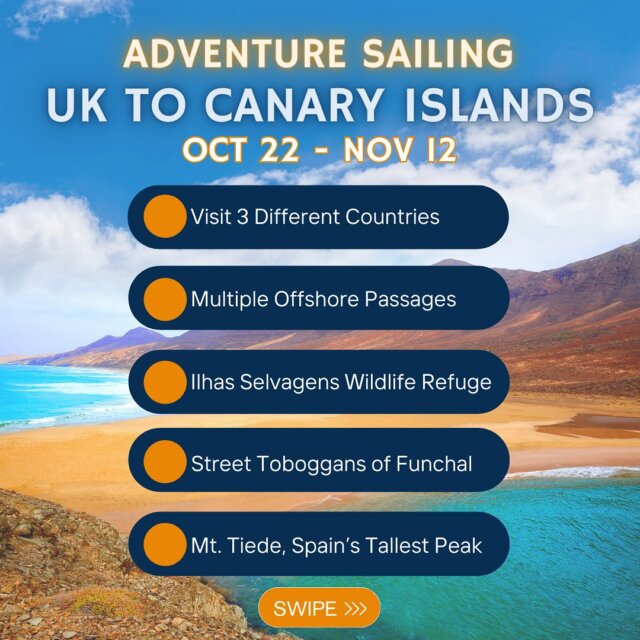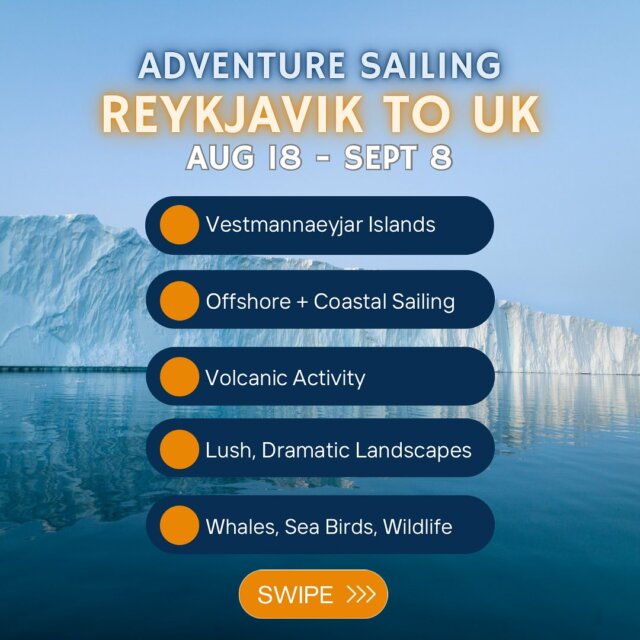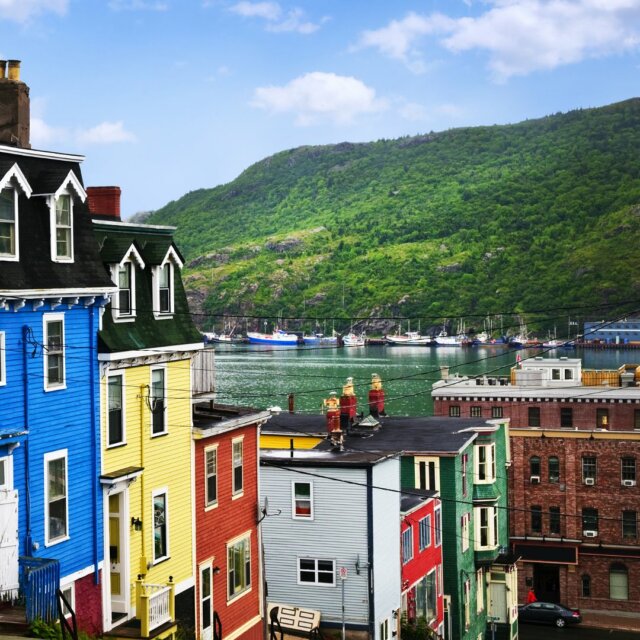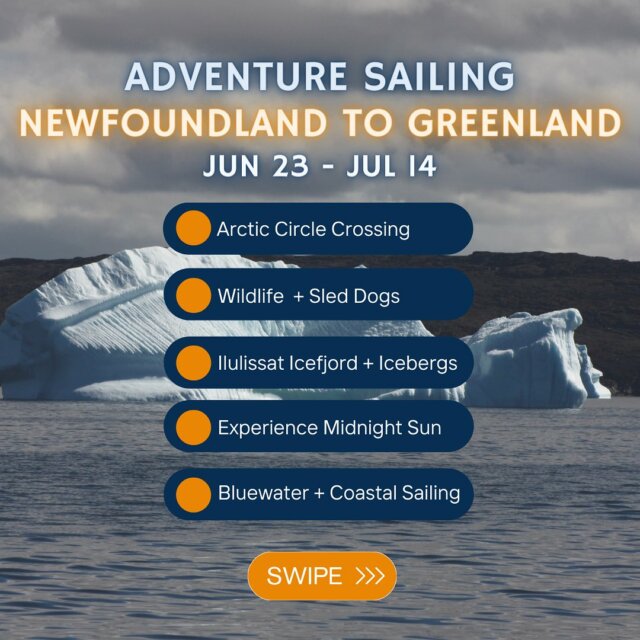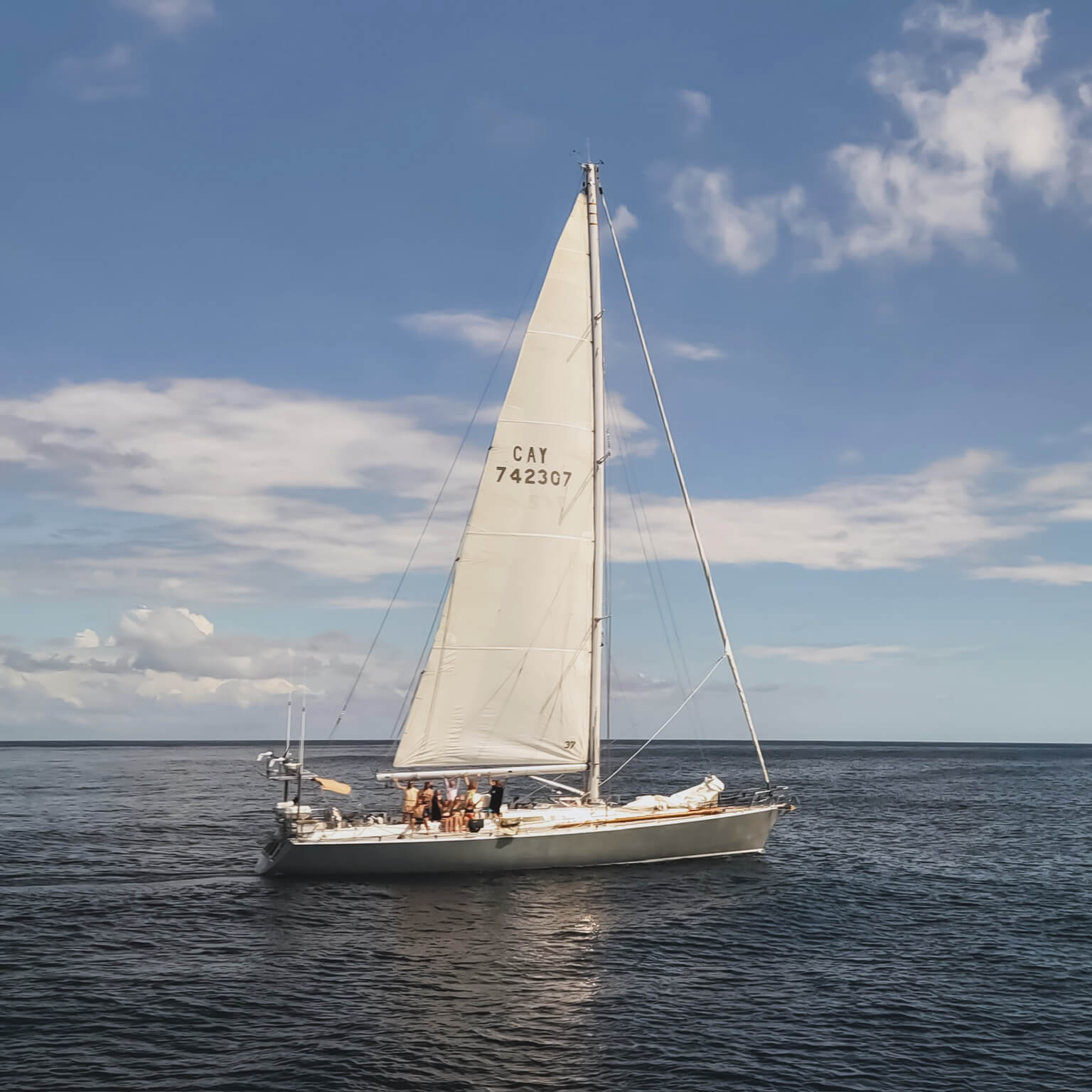By Laura Coleman*, ONCA Director
*Laura will be leading our Art on the Edge expedition in January 2016, sailing from Guyana to Trinidad. Learn more about joining the expedition here.
Our oceans are full of plastic, and fragments of fishing nets, bottle lids, microbeads and cotton buds are some of the most dangerous things that lurk in the deep. Yesterday was the first in a series of events this summer run by Selfridges Project Ocean, the Zoological Society London and a host of other amazing partners in the Ultralounge at Selfridges, in an effort to rethink the stories we tell ourselves about plastic.
I have been lucky enough to sail across an ocean on Pangaea Exploration’s research yacht Sea Dragon – a model of which sits centre stage in the Ultralounge, created by artists Studio Swine and Andrew Friend. With a crew of 14 women, I sailed the Atlantic last November, looking for plastic. Every day we put out our trawling nets and every day, the nets came up full. To the naked eye, the blue water looked pristine, but in actual fact we were sailing through a plastic soup. Through the gyres – the five major rotating systems of our oceans’ currents, it is common to pick up over 250 tiny pieces in one 30 minute trawl.
Given that the amount of plastic humans produce per year is greater than the weight of the entire human population, I should not have been surprised to feel that our oceans contain more plastic than fish. Plastic has only been around for about 100 years, and yet each piece will survive for at least another 1000 – buried in landfills, swallowed by birds, or floating on the currents of the Atlantic. We throw it away, but there is no true ‘away’. And so although plastic in itself is not dangerous – it can be beautiful, powerful and even lifesaving – it is our unwillingness to place true value on it that is the dangerous thing. But we are a consumer driven society with an obsession with “throw away” goods, so how do we break the cycle?
Selfridges’ Project Ocean have chosen to use the plastic water bottle as their way in. As Jane Withers, the curator of Selfridges’ exhibition, says: “Vessels to contain water are as old as thirst itself,” and if you visit the Ultralounge, you will see Withers’ curated collection of water carriers throughout history and none are made of plastic. But now the UK uses over 5000 plastic water bottles every 15 seconds, and approximately only 24% of these are recycled. So this summer, Selfridges have stripped their food hall of these water bottles, and in their place are reusable alternatives – encouraging consumers to buy, keep and value, rather than discard. This, Project Ocean hopes, will inspire a “sea change”, sparking a fire for other retailers to follow.
But we need more than that – we need conversations to fan the flames of these sparks. And that’s what yesterday’s event was about – bringing together a host of projects and people. We heard from initiatives like Net-Works, that turns discarded nylon fishing nets into carpet tiles; Trash Hunters, a citizen science app that turns trash hunting into a corporation ‘name and shame’ game; and the Plastic Soup Foundation’s ‘Beat the Microbead’, that targets microplastics in beauty products. It is these kinds of collaborations, these stories that bring together consumers, politicians, artists, scientists, designers and businesses, centering on positive, proactive solutions – it is these stories that have the power to drive us towards the tipping point, and to foster a real sea change in each and every one of us.
This is the first in a series of four Friday blogs, centred around this summer’s events at Selfridges’ Ultralounge. Onca is partnering with Selfridges Project Ocean to be part of the sea change to reduce plastic pollution in our precious oceans.
Note: This post originally appeared on the ONCA blog here.






